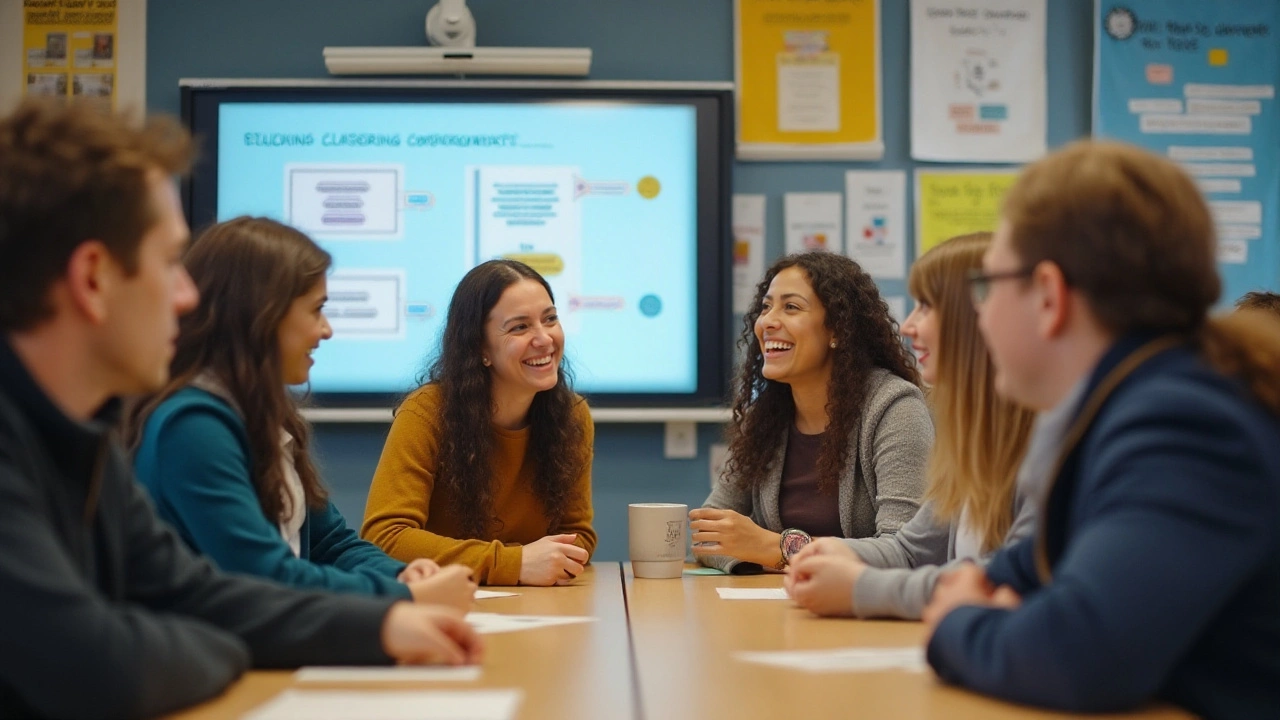Learning Contexts: How to Pick the Right Setting for Success
Whether you’re a teenager studying for A‑levels, a teacher planning a lesson, or an adult learning a new skill, the place you learn matters. A quiet desk, a bustling classroom, or a video call each brings its own challenges and benefits. In this guide we’ll break down the most common learning contexts and give you quick tips to make the most of each.
Classroom and Special Needs Settings
Traditional classrooms still dominate most schools, but they’re not one‑size‑fits‑all. For students with autism or other special needs, a predictable routine and visual supports can turn chaos into focus. Simple changes like clear seating charts, short break signals, and sensory tools (stress balls, headphones) help many learners stay on task. Teachers who pair these tools with clear instructions often see smoother group work and fewer disruptions.
If you’re a parent or caregiver, look for schools that use individualized education plans (IEPs). An IEP outlines specific goals, accommodations, and how progress will be tracked. Regular check‑ins with the teacher keep everyone on the same page and allow quick tweaks if something isn’t working.
Online & Adult Learning Environments
Online courses have exploded, and adults love the flexibility. The key is to treat virtual lessons like real class time. Set a dedicated study spot, turn off distractions, and schedule short, focused sessions (25‑30 minutes) followed by a quick break. Using active learning—like taking notes, answering quiz questions, or teaching the material to a friend—helps lock in knowledge faster than passive watching.
For adult learners, self‑direction is powerful. Start with a clear goal (e.g., earn a certification, master a digital skill) and break it into bite‑size milestones. Track progress in a simple spreadsheet or a habit app. When motivation dips, revisit why you started and adjust the plan rather than abandoning it.
Study groups can boost online learning too. Form a small team of peers, pick a regular meeting time, and assign each person a topic to explain. Teaching others reinforces your own understanding and adds accountability.
Across all contexts, the right resources make a difference. Free tools like flashcard apps, citation generators, and video tutorials can fill gaps where textbooks fall short. For exam prep, avoid heavy meals and sugary drinks before a test; instead, snack on nuts or fruit for steady energy.
Finally, don’t be afraid to mix contexts. A high‑school student might attend in‑person labs while doing theory work online. An adult may join a weekend workshop for hands‑on practice and keep the rest of the week on a self‑paced platform. Blending the strengths of each setting creates a personalized learning experience that fits your life.
Pick the setting that matches your goals, tweak it with the tips above, and watch your learning improve. The right context isn’t magic—it’s a set of simple choices you control every day.






